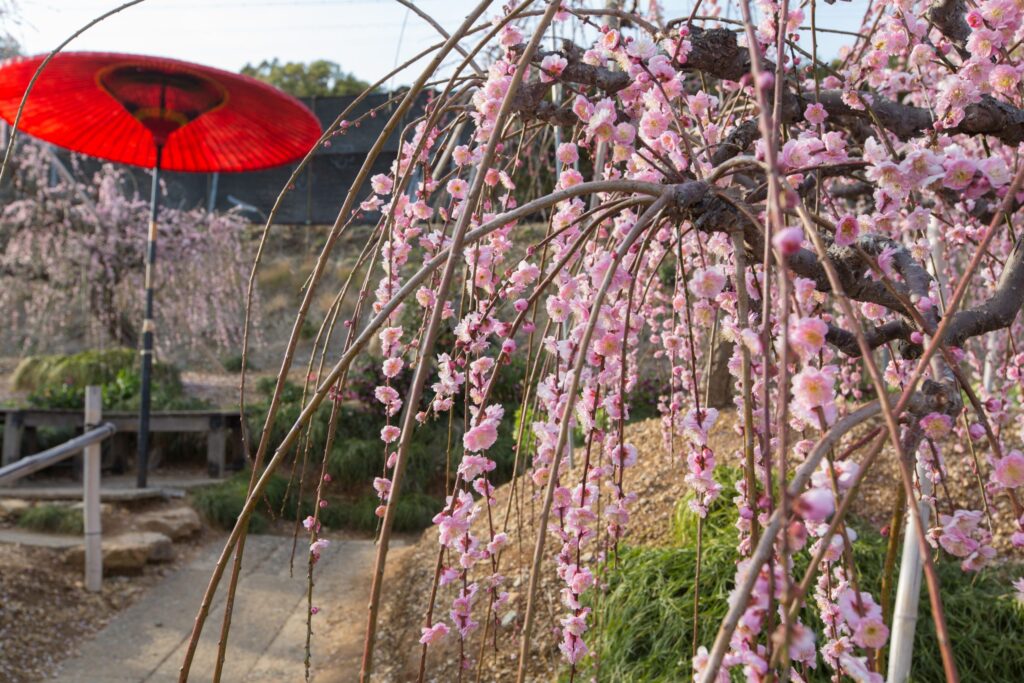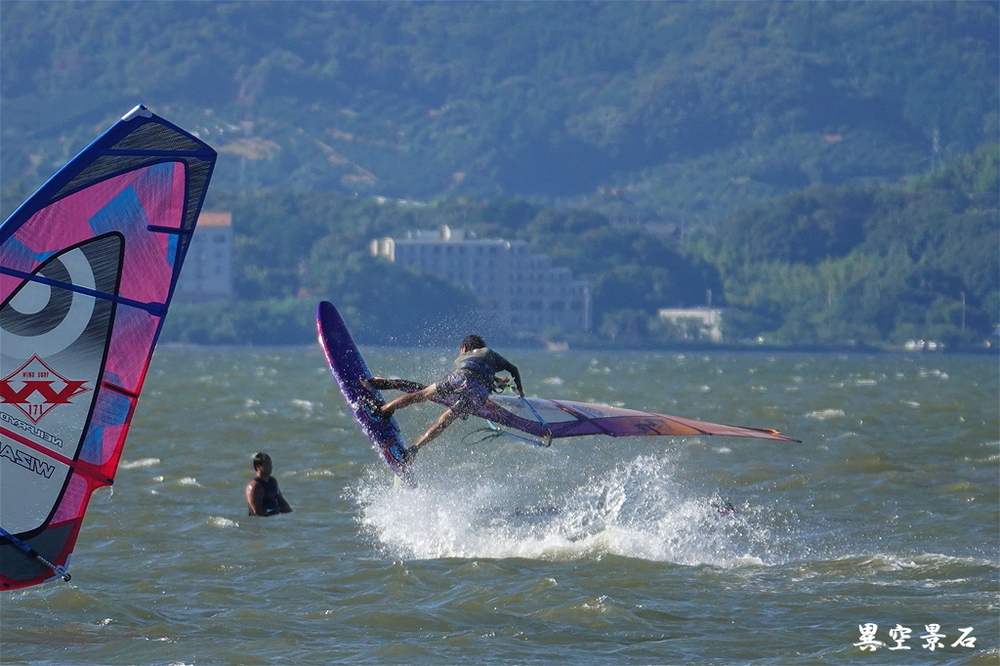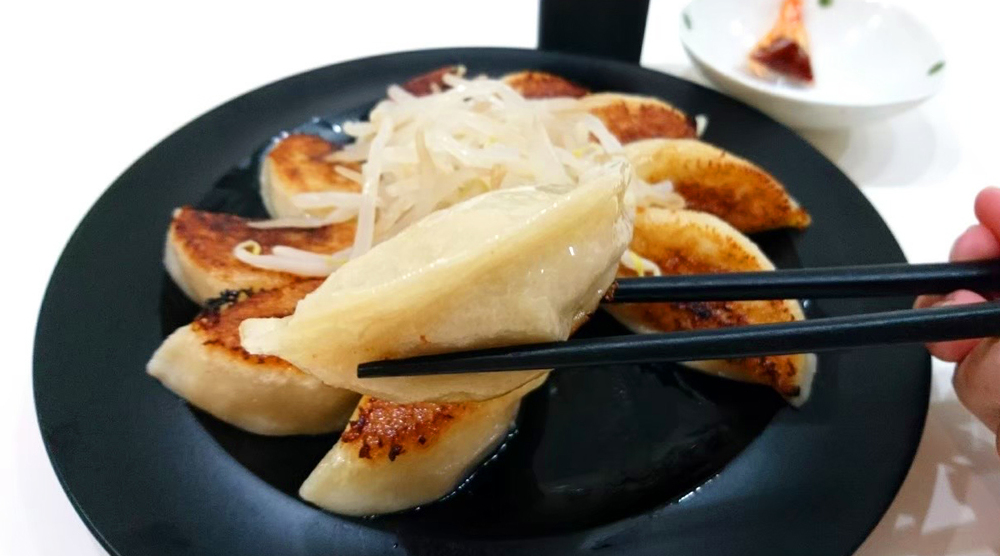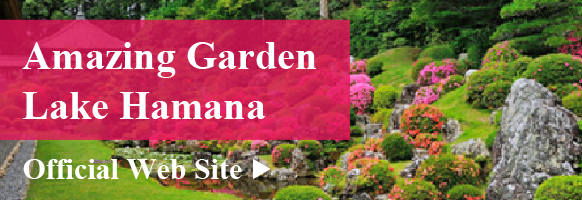Get to Know Hamamatsu
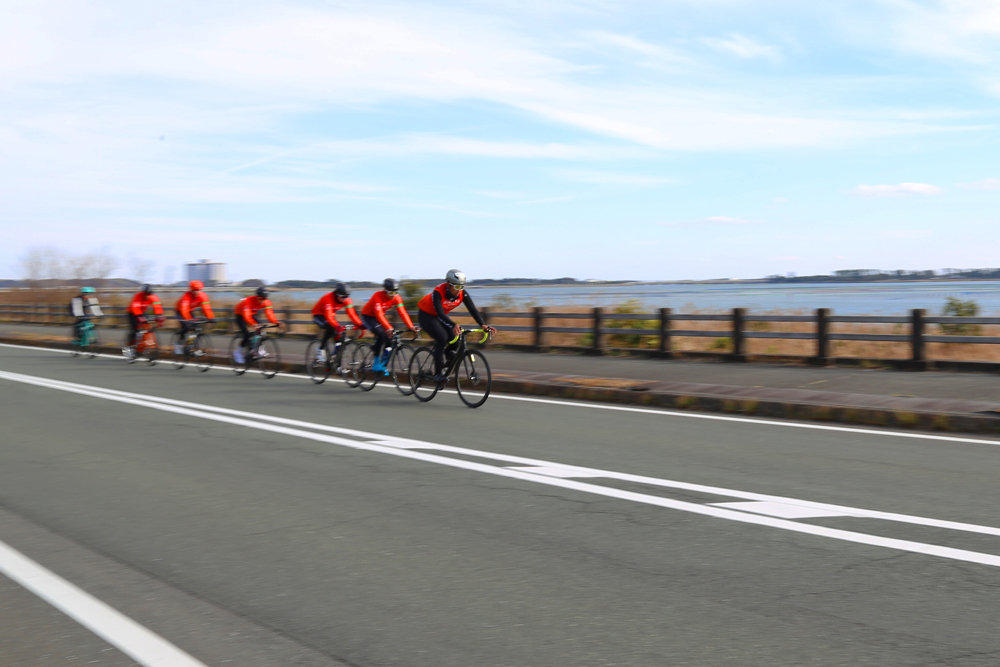
- Enjoy
Community-based professional cycling team “Levante Fuji Shizuoka” Hamaichi trial run interview
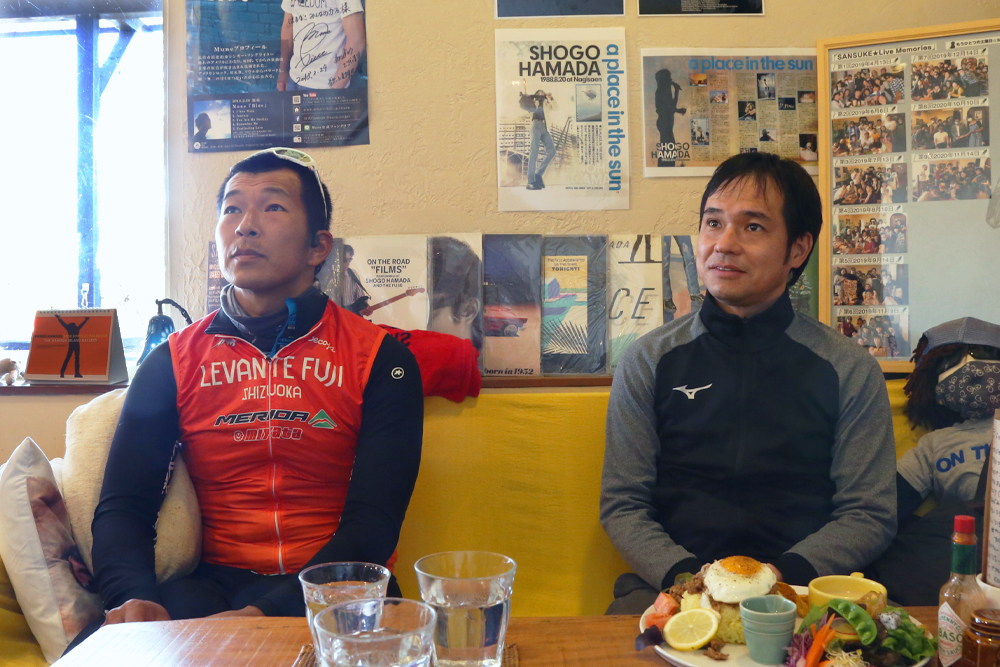
(Left) Professional athlete: Mr. Junya Sano (former All Japan Road Race Champion), (Right) Team representative and manager: Mr. Yasuhiro Nito
interview
–Could you tell us about Levante’s team?
Mr. Yasuhiro Nito (hereinafter referred to as Mr. Nito): Yes, we are currently active mainly in Fuji City and have nine members. Six people came to Lake Hamana to practice today. In Shizuoka Prefecture, we, Levante, and another organization are active as a professional team. This is a typical size team nationwide.
—Does Levante practice in various places within the prefecture?
Mr. Nito: Our base is in Fuji City, so of course we spend most of our time around Fuji City, but when we practice as a team, we often go to places like Izu. During the cold season, I tend to go to the sea, but once the season starts, I tend to go to the mountains as well.
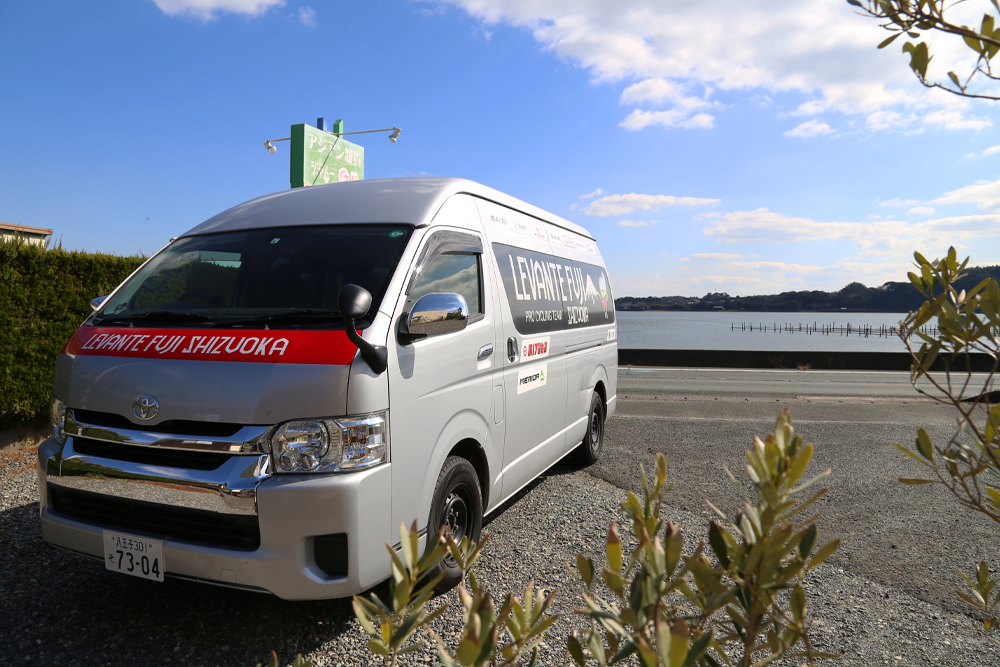
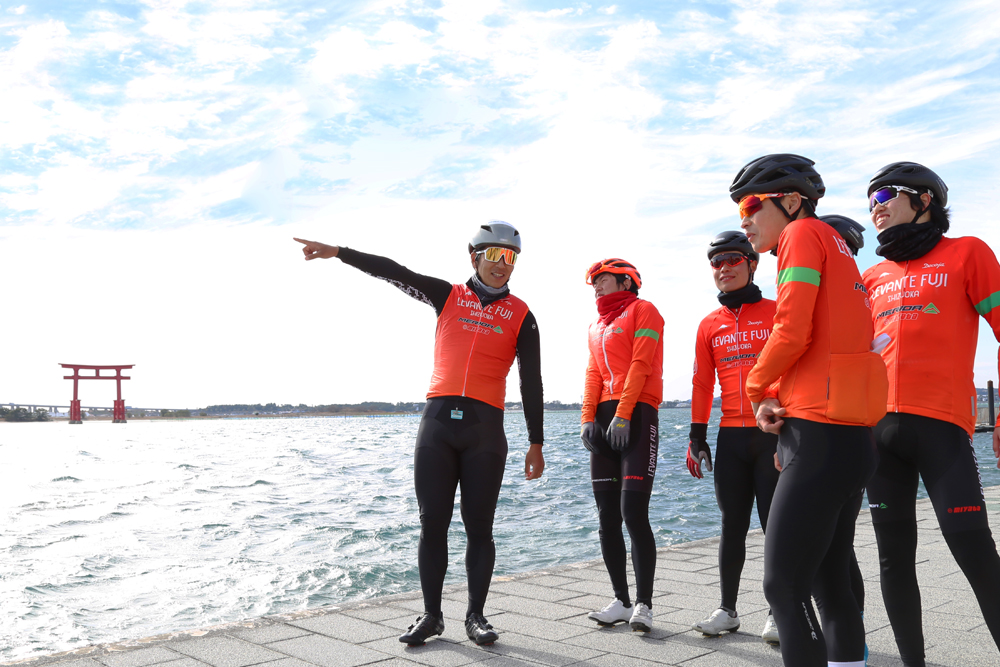
Bentenjima Seaside Park
—What is your ideal environment as a professional running in various places?
Mr. Junya Sano (hereinafter referred to as Mr. Sano): Basically, it has a good balance of flatness and ups and downs. Other than that, I judge the ease of driving based on factors such as the width of the road and the lack of traffic lights. After all, I want to run without stopping as much as possible.

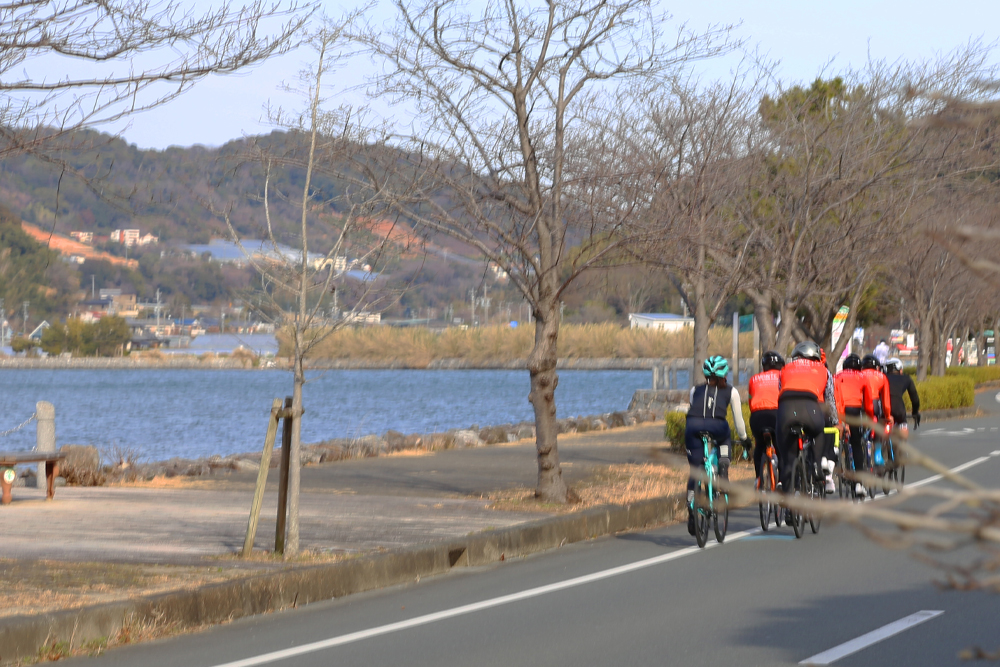
—I see! With such ideals in mind, how do you feel about running around Lake Hamana today?
Mr. Nito: It was very easy to run. Sano had run this course before, but it was the first time for all the other members. There was a little part of the city area, but we thought of it as a breather, and we were able to enjoy the atmosphere of the Arai Sekisho. Even for practice, I got the impression that the course was very easy to run, as the rest of the course was non-stop, and there were some ups and downs.
—Thank you for your comments from a tourist perspective. lol
Mr. Nito: No, I really think it’s a place with a variety of options for both long-distance and short-distance riding, such as resting spots and practice driving along the eastern coast. I think there are some mountain trails that go a little deeper into the area, so it would be fun to explore those areas as well.
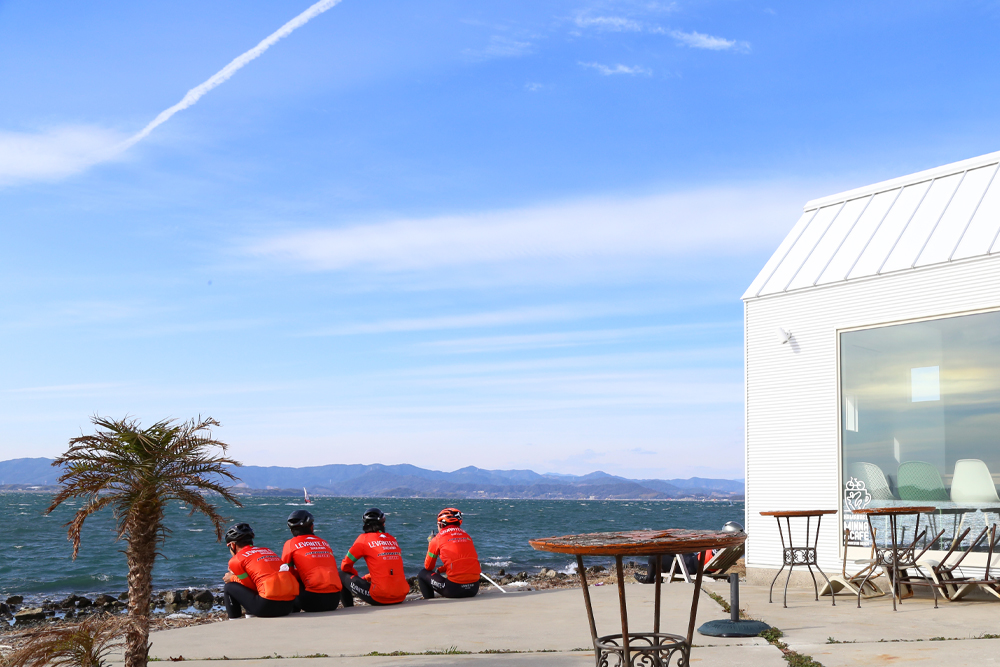
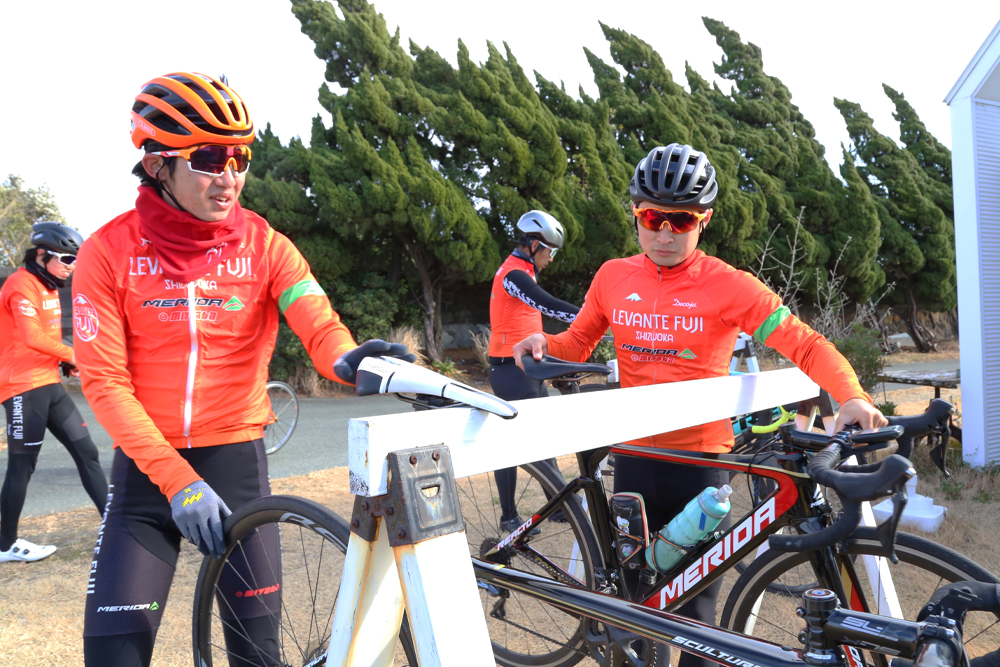
Hamanako Everyone’s Cafe Murakushi Beach Branch
—Does Mr. Sano come to Lake Hamana often?
Sano: I was originally interested in it after seeing what my acquaintances were posting on SNS, but after riding there for the first time this year (2021), I realized that it was a very easy place to ride, partly due to my understanding of cyclists. It’s an image. I live in Shimizu, so I don’t get to visit often, but I’m glad that I was able to come as a team this time.
—How was it running for the first time in a while?
Sano: That’s right. It was warmer than last time, but the wind is a characteristic of this area. However, there are no extremely tough spots, so overall I think it’s an easy course to run.
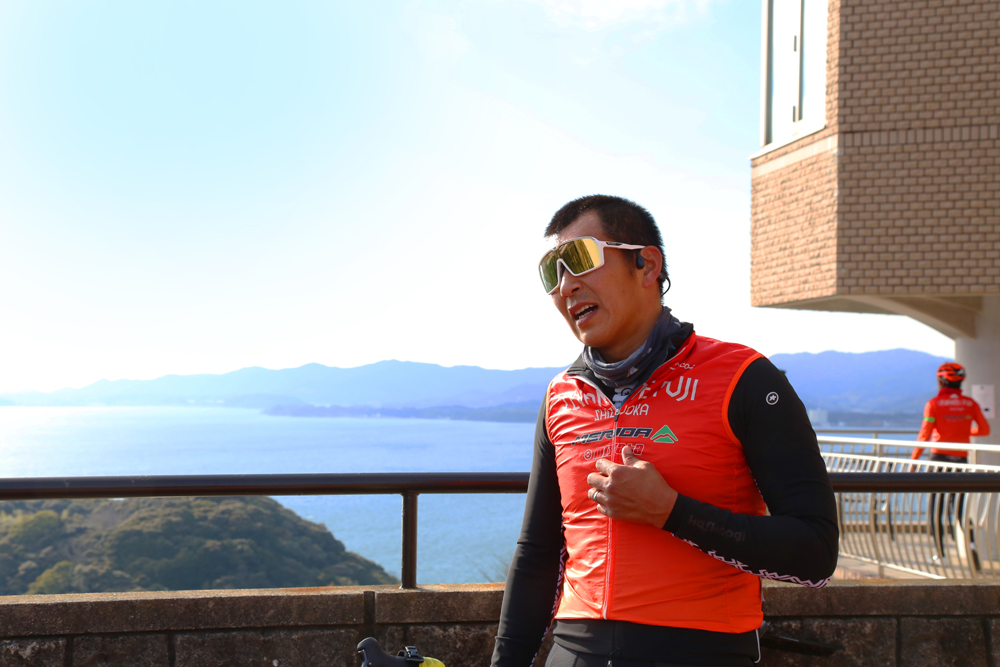
Mr. Junya Sano (Former All Japan Road Race Champion)
—Which area is particularly easy to run?
Mr. Sano: From the perspective of cyclists like us, the road from Murakushi to Kanzanji Temple has ups and downs, so we thought it was a good place to practice. When the wind is strong, there are places where it’s difficult to run with too many people, so I think it’s better to run in a small group, and today’s limit was about 8 people.
—Are there any places where the scenery leaves an impression on you from the perspective of cycle tourism?
Mr. Sano: Sorry (lol). I was running at a practice pace, so I wasn’t able to take my time and enjoy the scenery. However, the course on the east side (around Garden Park) runs along the coast, so it’s a pleasant experience for those who are sightseeing.
Mr. Nito: The area where you cross the bridge is sandwiched between the lakes and you can see Tomei in the distance, so the contrast was beautiful. If you are sightseeing, I think it would be a good idea to get off once and enjoy the scenery. We don’t always practice hard, and we also have recovery days to practice, so each person is different, but on those days, we sometimes run while enjoying the scenery.
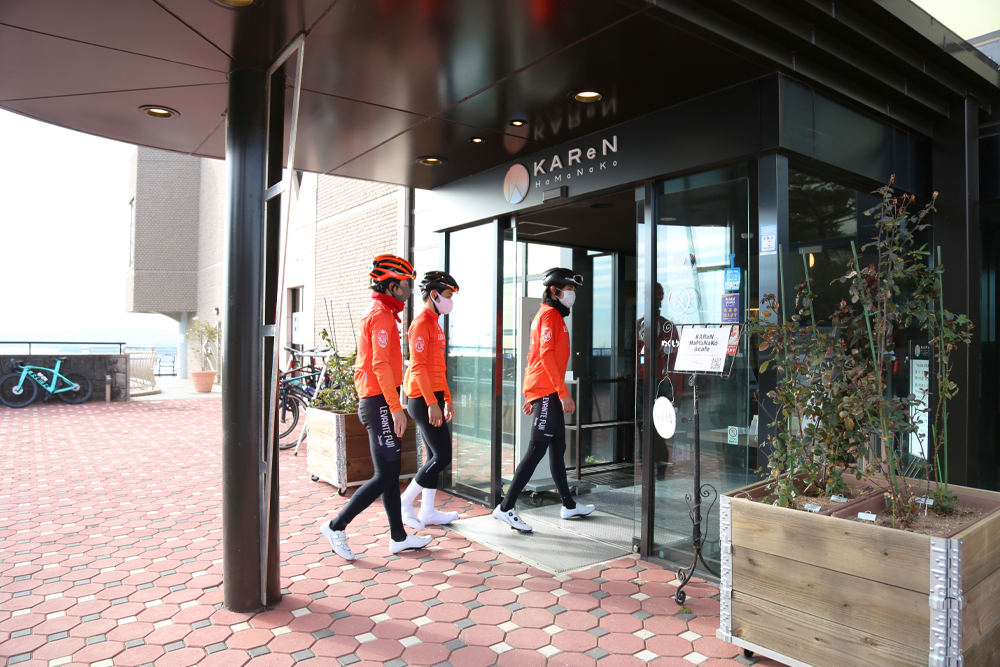
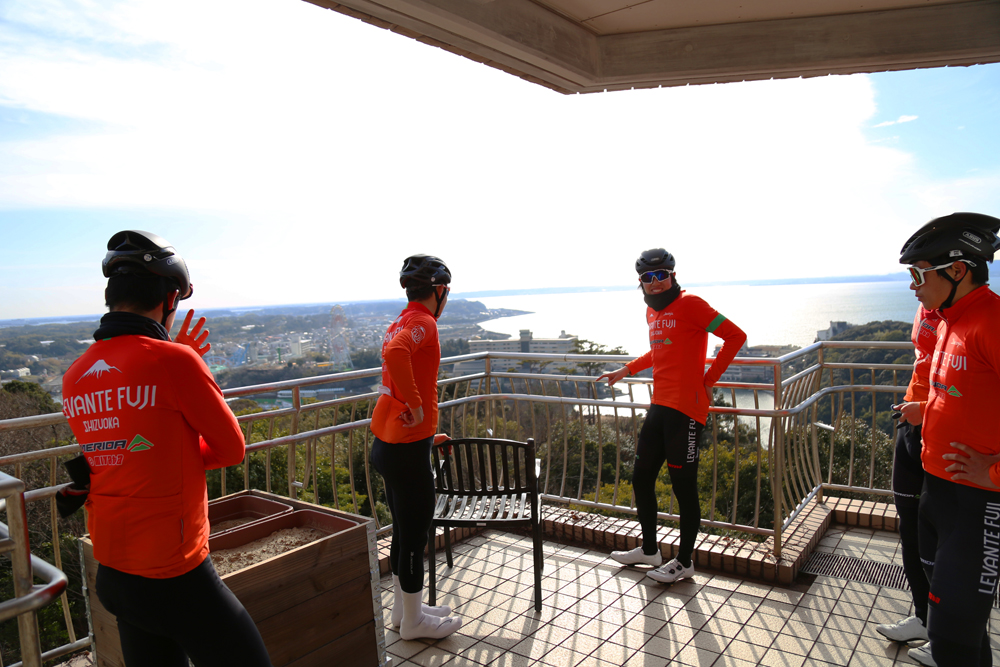
KAReN HaMaNaKo Kanzanjisou
—Could you give some advice to those who run around Lake Hamana for practice?
Mr. Sano: That’s right. There are some small ups and downs, so I think it would be easier to run if you maintain a good pace on the uphill roads, and set a firm pace on the downhill/flat roads.
Mr. Nito: I think the key is to use the wind effectively. Since it goes all the way around Lake Hamana, there are places with headwinds and places with tailwinds. Furthermore, there are crosswinds, so you can practice how to run easily in each location. When several people run together, the person in front of them positions themselves to avoid the wind.
—I see! The wind actually becomes a training tool. thank you! So, from a professional perspective, if you have any opinions that you wish the courses around Lake Hamana were a little more like, could you please let us know?
Mr. Nito: I mentioned the city area earlier as a place to take a breather, but I got the impression that there are a lot of places for people who want to practice properly to stop, so I think it would be nice if there was a detour route. Also, if I make a wrong turn, I end up going in a direction I don’t know about, so I’d be happy if there were more road signs and more, or if they were easier to see.
Mr. Sano: I once went to the sand dunes by mistake and had a hard time. I heard that there are 50km and 70km courses, but it would be nice if it would be easier to understand which one you’re currently running. Even for those who have come for the first time…
There are some vertical cracks on the road because trucks pass through it, but it’s dangerous for cyclists, so I think it would be easier to ride on if it was repaired. We are used to running on bumps so it’s okay, but beginners need to be more careful. It would also be nice to have a sign here to let people know that this is a dangerous area.
— Thank you very much for your very good advice. Please come to Lake Hamana again!
Mr. Sano/Mr. Nito: Thank you very much!
Click here for information on cycling around Lake Hamana
Click here for Levante Fuji official website
